Early Middle Ages. The Hundred Years War and the War of the Roses
1/19
There's no tags or description
Looks like no tags are added yet.
Name | Mastery | Learn | Test | Matching | Spaced | Call with Kai |
|---|
No study sessions yet.
20 Terms
What was the Hundred Years' War?
A prolonged conflict (1337–1453) between England and France, lasting 116 years, with significant political, economic, and social impacts.
What were the main phases of the Hundred Years' War?
Initial Phase (1337–1360)
Middle Phase (1369–1415)
Climax (1415–1429)
Final Phase (1429–1453)
What happened during the Initial Phase (1337–1360)?
English victories at Crécy (1346) and Poitiers (1356).
Treaty of Brétigny (1360) temporarily ended the war, recognizing English control over parts of France.
What characterized the Middle Phase (1369–1415)?
Resurgence of French forces under King Charles V.
France regained much of the territory lost earlier.
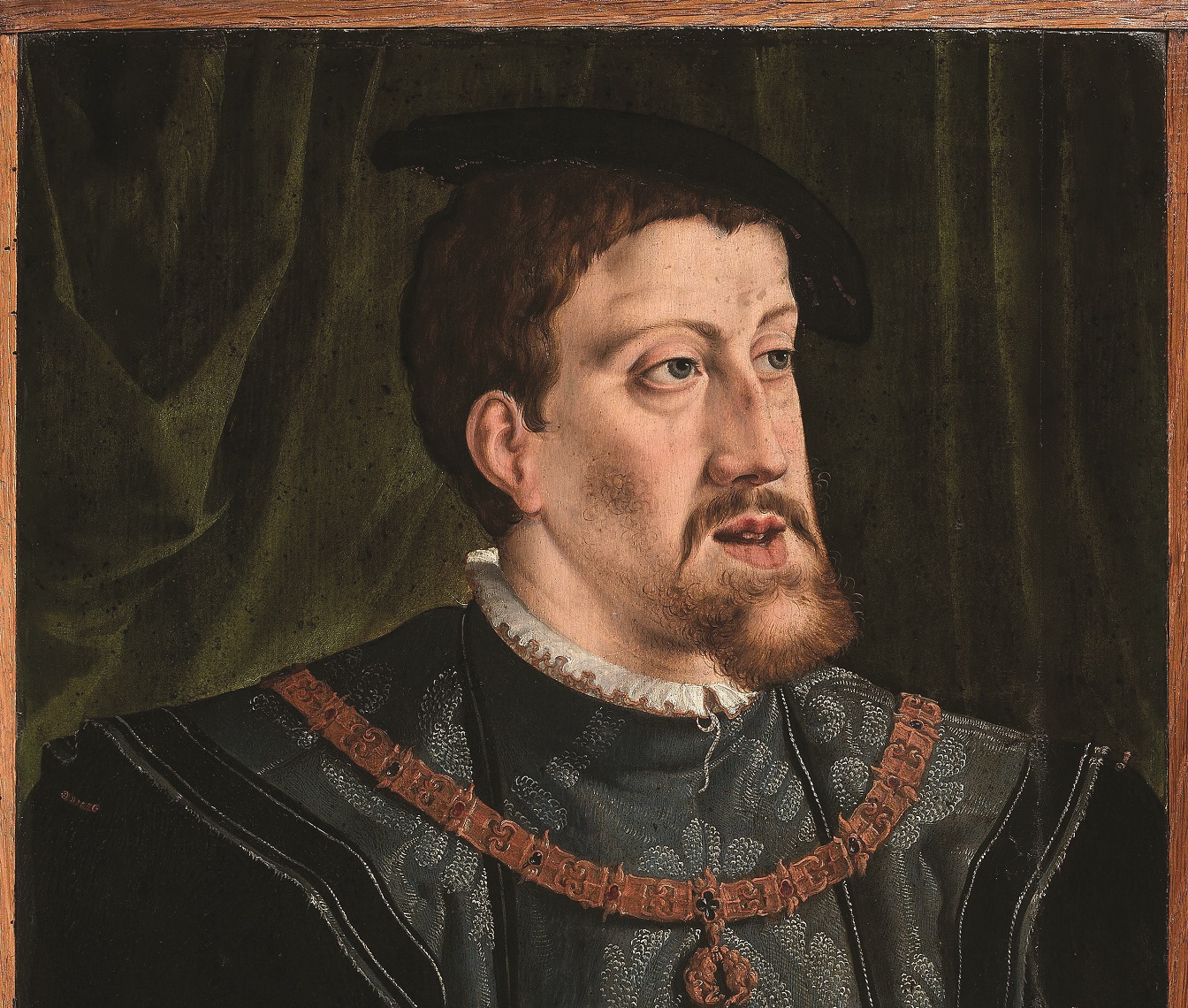
What events marked the Climax (1415–1429)?
England's victory at Agincourt (1415).
Treaty of Troyes (1420): Henry V was declared heir to the French throne.
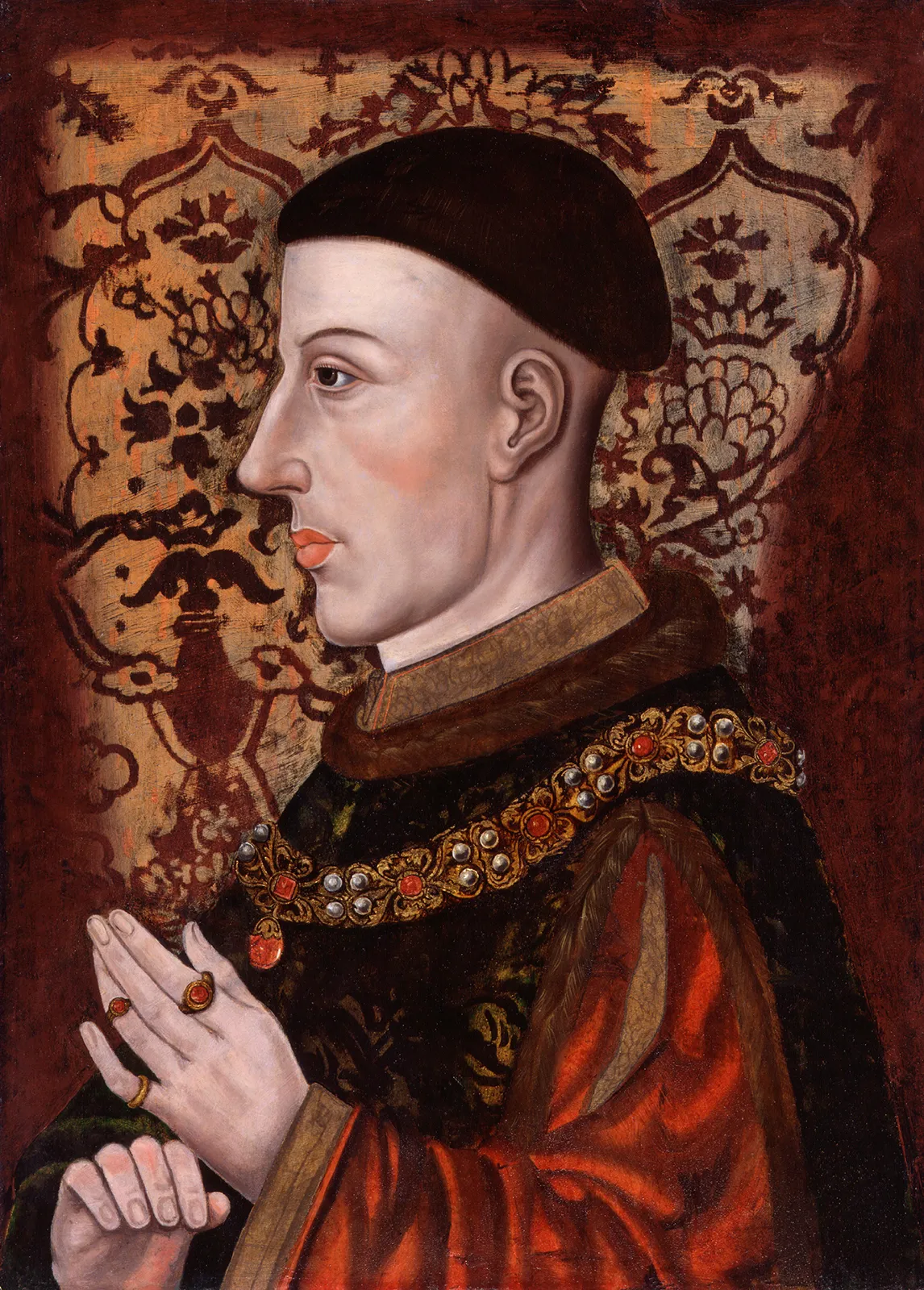
What led to France's resurgence in the Final Phase (1429–1453)?
The rise of Joan of Arc, who inspired the French to liberate Orléans (1429).
Final French victory at the Battle of Castillon (1453).
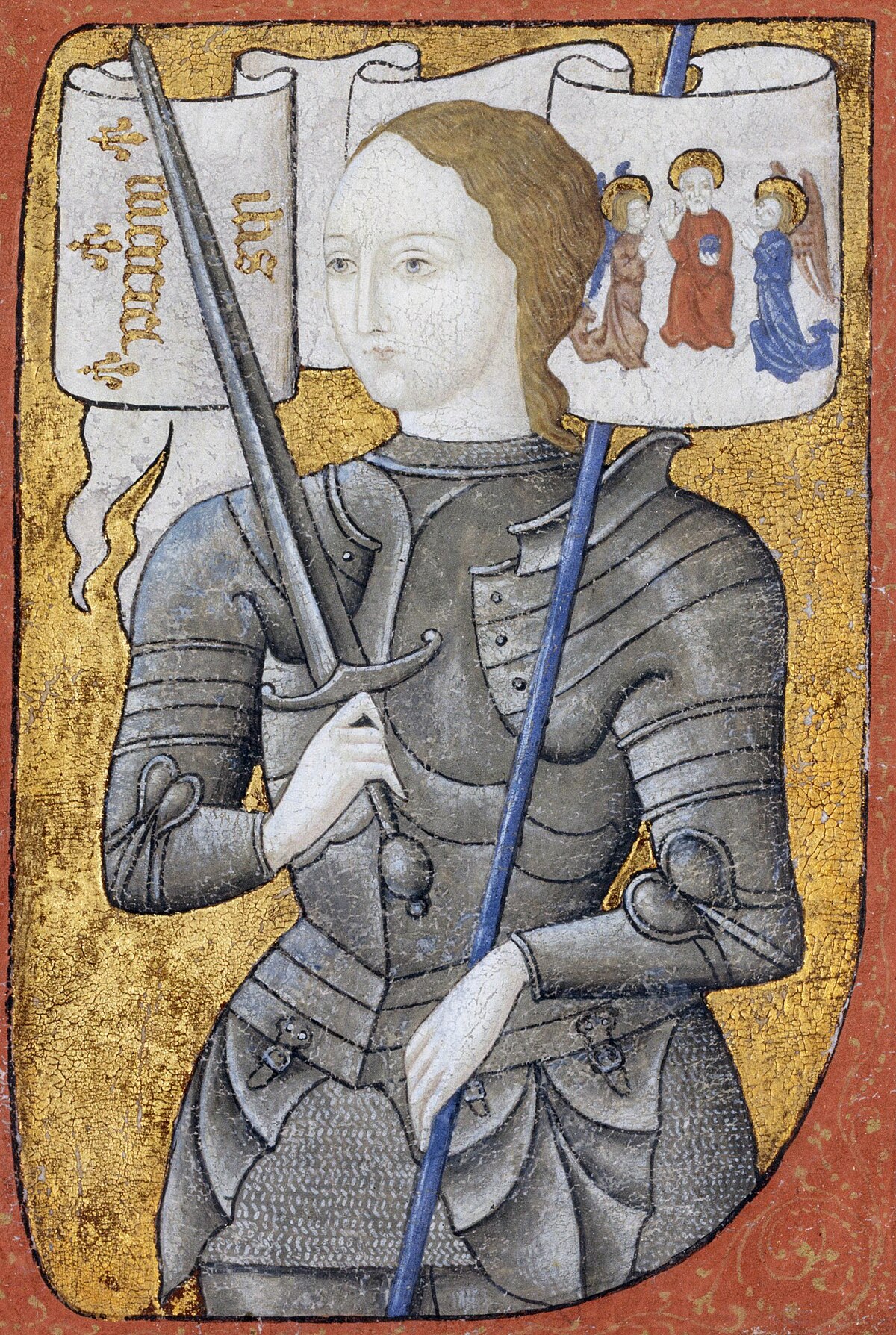
What were the main causes of the Hundred Years' War?
Dynastic disputes: English Plantagenets claimed the French throne.
Territorial ambitions: England sought to retain control over its French lands.
Economic interests: Control of trade routes, especially in Flanders.
What were the consequences of the Hundred Years' War for France?
Strengthened central monarchy and national identity.
Devastation of regions like Normandy and Île-de-France.
How did the war affect England?
Loss of nearly all French territories except Calais.
Internal crises leading to the Wars of the Roses.
What broader impacts did the Hundred Years' War have?
Advances in warfare: permanent armies, firearms, and cannons.
Economic shifts: decline in agriculture, growth of urban crafts.
What were the Wars of the Roses, and when did they occur?
The Wars of the Roses (1455–1485) were a series of civil conflicts in England between the Lancaster (red rose) and York (white rose) factions for control of the throne.
What were the main causes of the Wars of the Roses?
Struggle for power: Both the Lancasters and Yorks claimed the throne.
Social tension: Economic hardships and dissatisfaction with the king's rule.
What happened at the First Battle of St Albans in 1455?
The Yorks defeated the Lancasters, marking the beginning of the conflict.
Which event marked the Yorkist victory in 1461?
Edward IV, from the House of York, became king after winning the Battle of Towton.
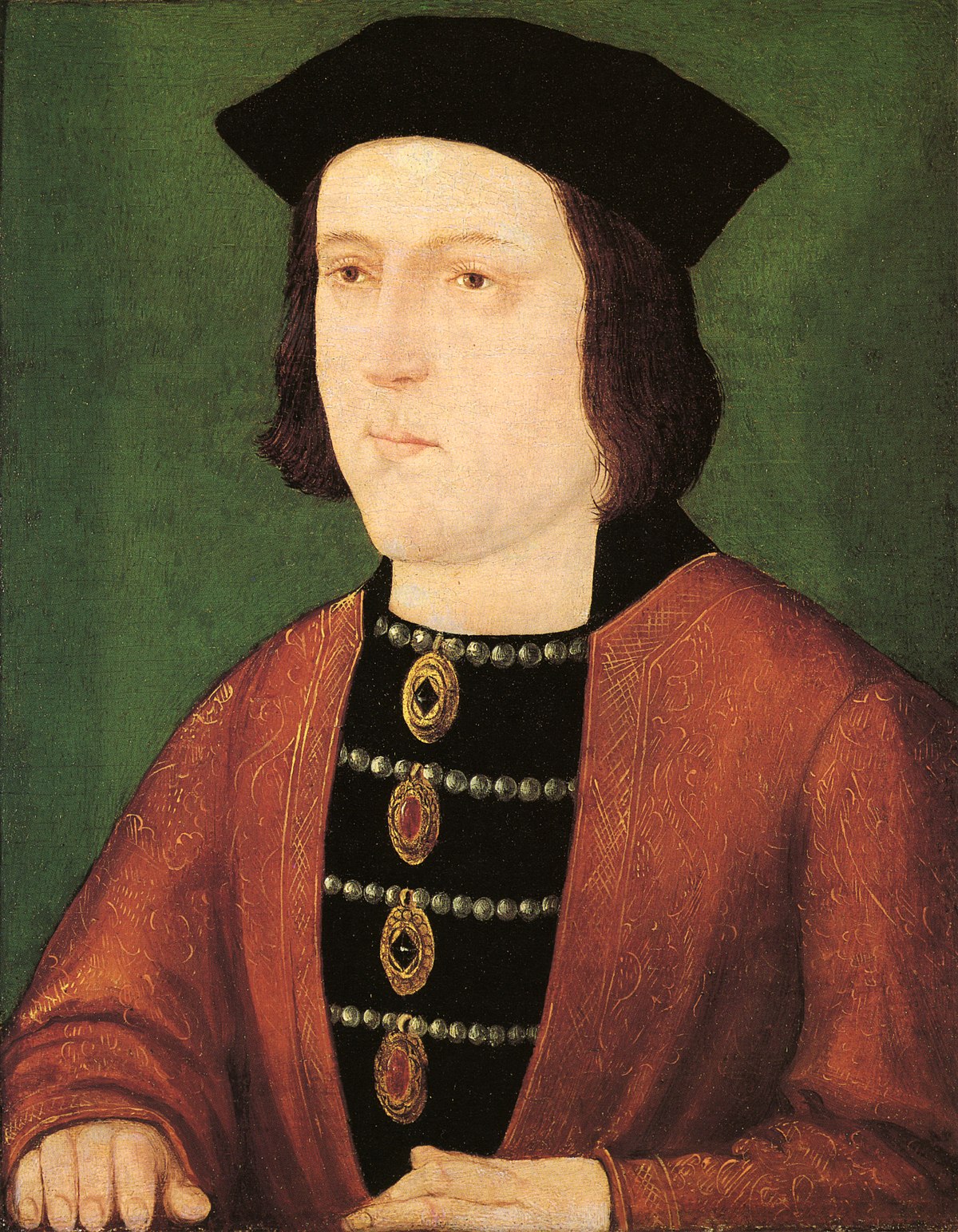
How did the Lancasters briefly regain the throne in 1470?
Henry VI was restored as king with the help of an alliance, but his reign was short-lived.
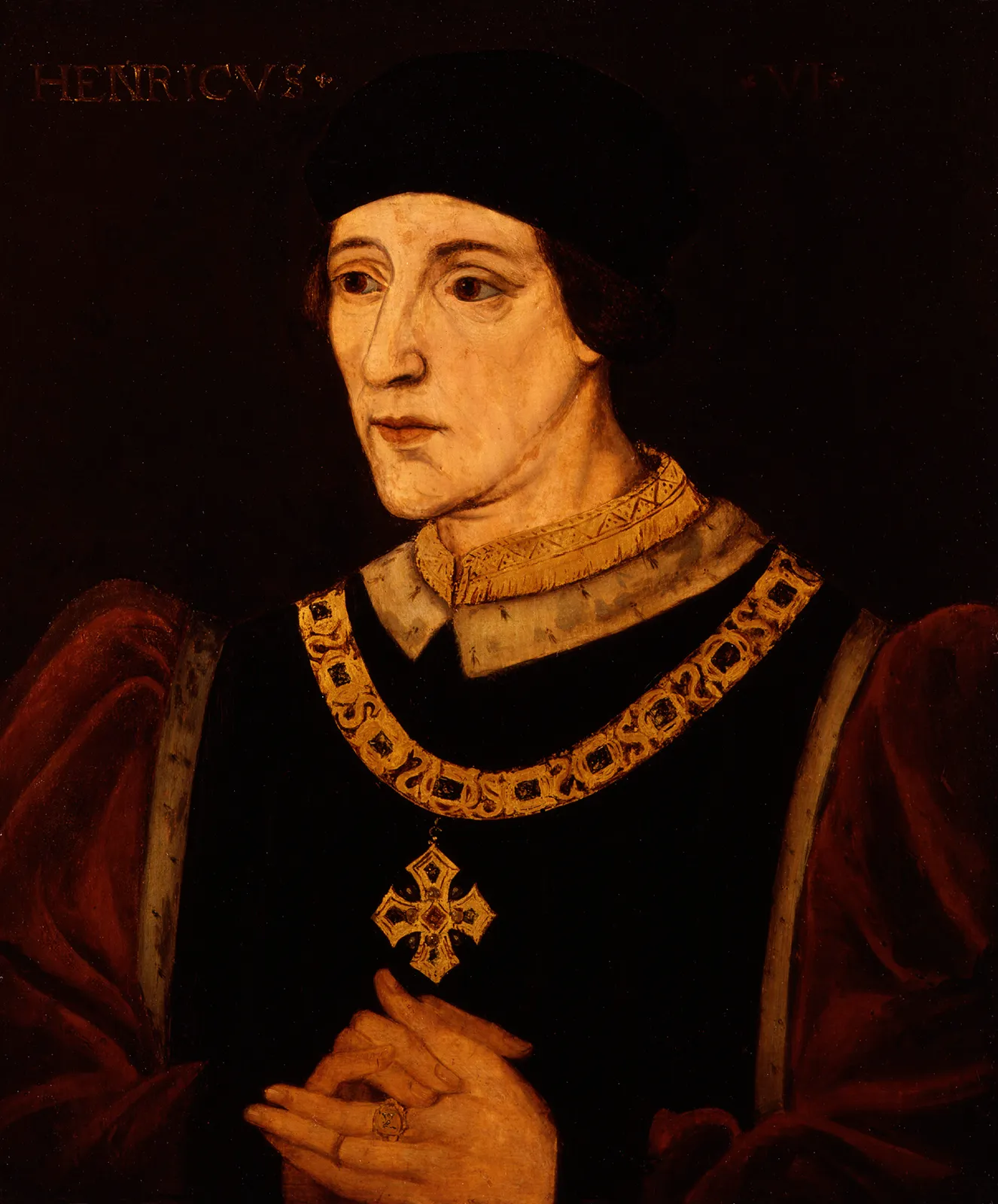
What was the outcome of the Battle of Tewkesbury in 1471?
The Yorks defeated the Lancasters, and Henry VI’s son was killed, ending their hopes.
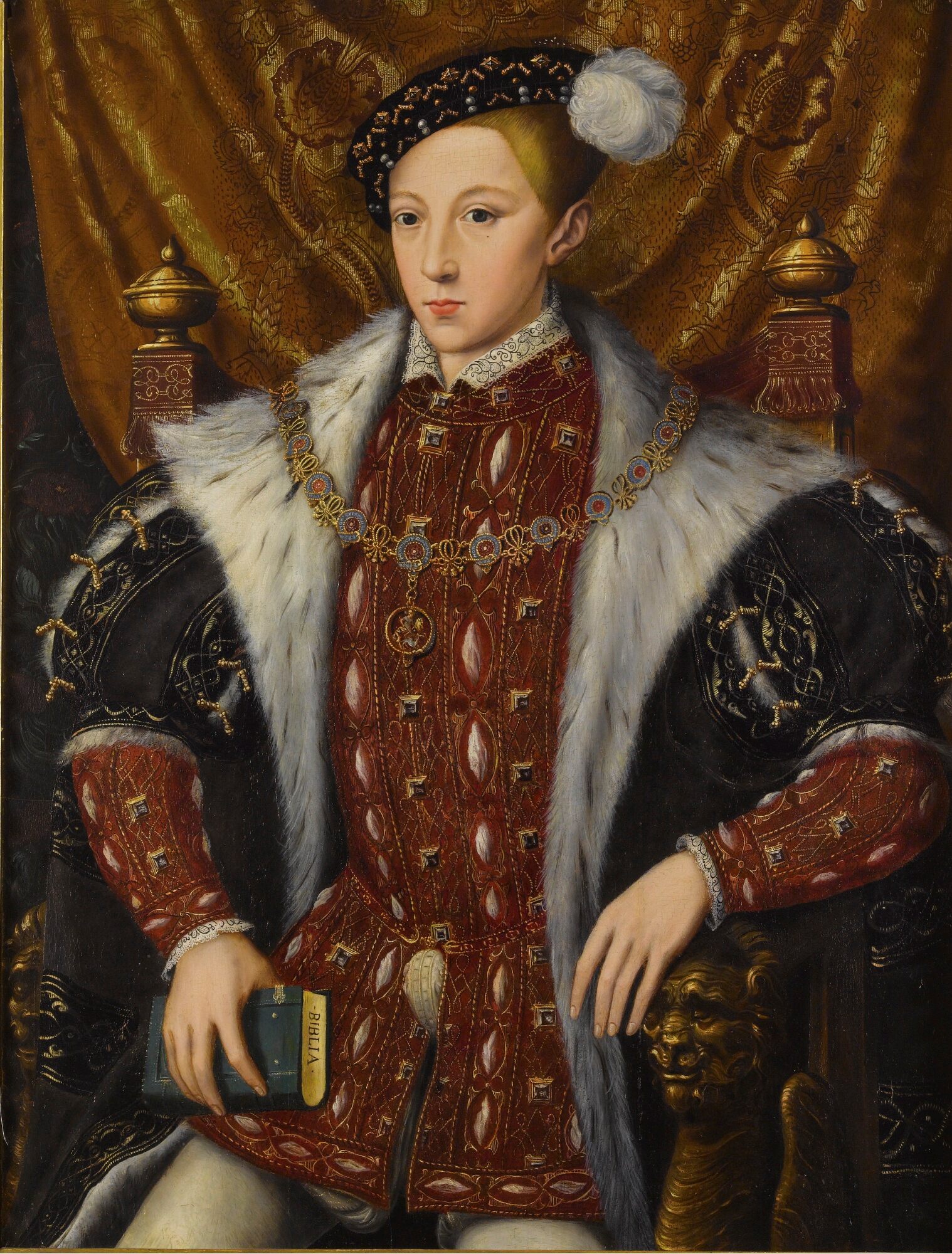
What ended the Wars of the Roses in 1485?
The Battle of Bosworth saw the death of Richard III (York), and Henry VII (Tudor) became king.
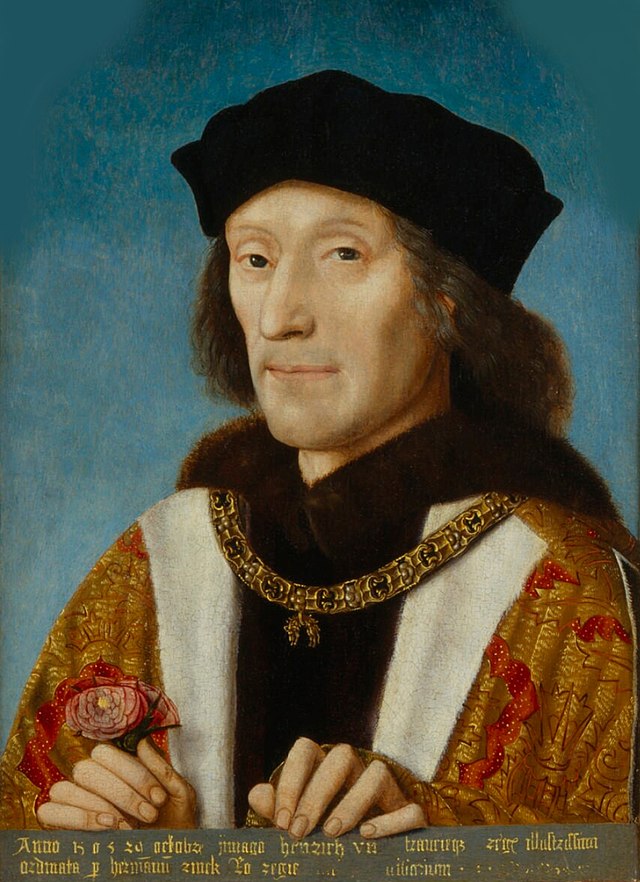
How did the Tudor dynasty establish peace after the Wars of the Roses?
Henry VII married Elizabeth of York, uniting the Lancasters and Yorks.
He created the Tudor Rose symbol to represent national unity.
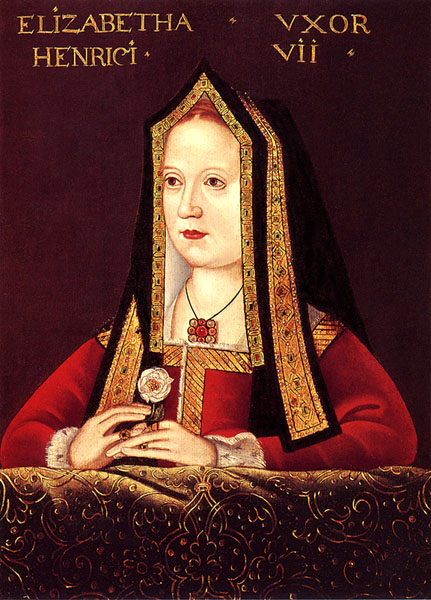
What does the Tudor Rose symbolize?
It represents the union of the red rose of Lancaster and the white rose of York, symbolizing national unity after decades of conflict.
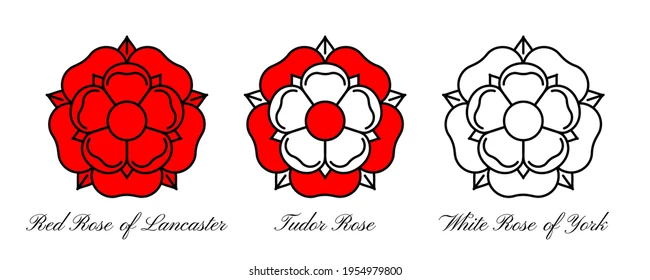
What were the effects of the Wars of the Roses on England?
Economic decline: Resources were drained by the prolonged conflict.
Stronger monarchy: Henry VII centralized power, leading to a more stable government.
End of feudal struggles: Power shifted from feudal lords to the monarchy.